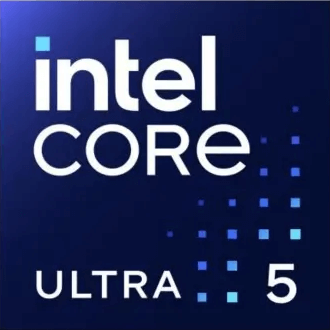Intel Celeron N3060 vs Intel Core i3 N300
We compared two laptop CPUs: Intel Celeron N3060 with 2 cores 1.6GHz and Intel Core i3 N300 with 8 cores 0.8GHz . You will find out which processor performs better in benchmark tests, key specifications, power consumption and more.
Main Differences
Intel Celeron N3060 's Advantages
Lower TDP (6W vs 7W)
Intel Core i3 N300 's Advantages
Released 7 years late
Higher specification of memory (4800 vs 1600)
Larger memory bandwidth (38.4GB/s vs 25.6GB/s)
Newer PCIe version (3.0 vs 2.0)
Larger L3 cache size (6MB vs 2MB)
More modern manufacturing process (10nm vs 14nm)
Score
Benchmark
Geekbench 6 Single Core
Intel Celeron N3060
115
Intel Core i3 N300
+933%
1189
Geekbench 6 Multi Core
Intel Celeron N3060
209
Intel Core i3 N300
+1439%
3217
Passmark CPU Single Core
Intel Celeron N3060
622
Intel Core i3 N300
+237%
2098
Passmark CPU Multi Core
Intel Celeron N3060
652
Intel Core i3 N300
+1198%
8469
General Parameters
Jan 2016
Release Date
Jan 2023
Intel
Manufacturer
Intel
Laptop
Type
Laptop
x86-64
Instruction Set
x86-64
Braswell
Core Architecture
Alder Lake
N3060
Processor Number
i3-N300
BGA-1170
Socket
BGA-1264
HD Graphics 400
Integrated Graphics
UHD Graphics (32EU)
Package
14 nm
Manufacturing Process
10 nm
6 W
Power Consumption
7 W
90 °C
Peak Operating Temperature
105 °C
CPU Performance
2
Performance Cores
-
2
Performance Core Threads
-
1.6 GHz
Performance Core Base Frequency
-
Efficiency Cores
8
-
Efficiency Core Threads
8
-
Efficiency Core Base Frequency
0.8 GHz
-
Efficiency Core Turbo Frequency
3.8 GHz
2
Total Core Count
8
2
Total Thread Count
8
-
Bus Frequency
100 MHz
-
Multiplier
8
48 K per core
L1 Cache
96 K per core
1 MB per core
L2 Cache
2 MB shared
2 MB shared
L3 Cache
6 MB shared
No
Unlocked Multiplier
No
Memory Parameters
DDR3L-1600
Memory Types
DDR5-4800,DDR4-3200,LPDDR5-4800
8 GB
Max Memory Size
16 GB
2
Max Memory Channels
1
25.6 GB/s
Max Memory Bandwidth
38.4 GB/s
No
ECC Memory Support
No
Graphics Card Parameters
true
Integrated Graphics
true
-
GPU Base Frequency
300 MHz
600 MHz
GPU Max Dynamic Frequency
1250 MHz
-
Shader Units
256
-
Texture Units
16
-
Raster Operation Units
8
-
Execution Units
32
-
Power Consumption
15
-
Graphics Performance
0.64 TFLOPS








